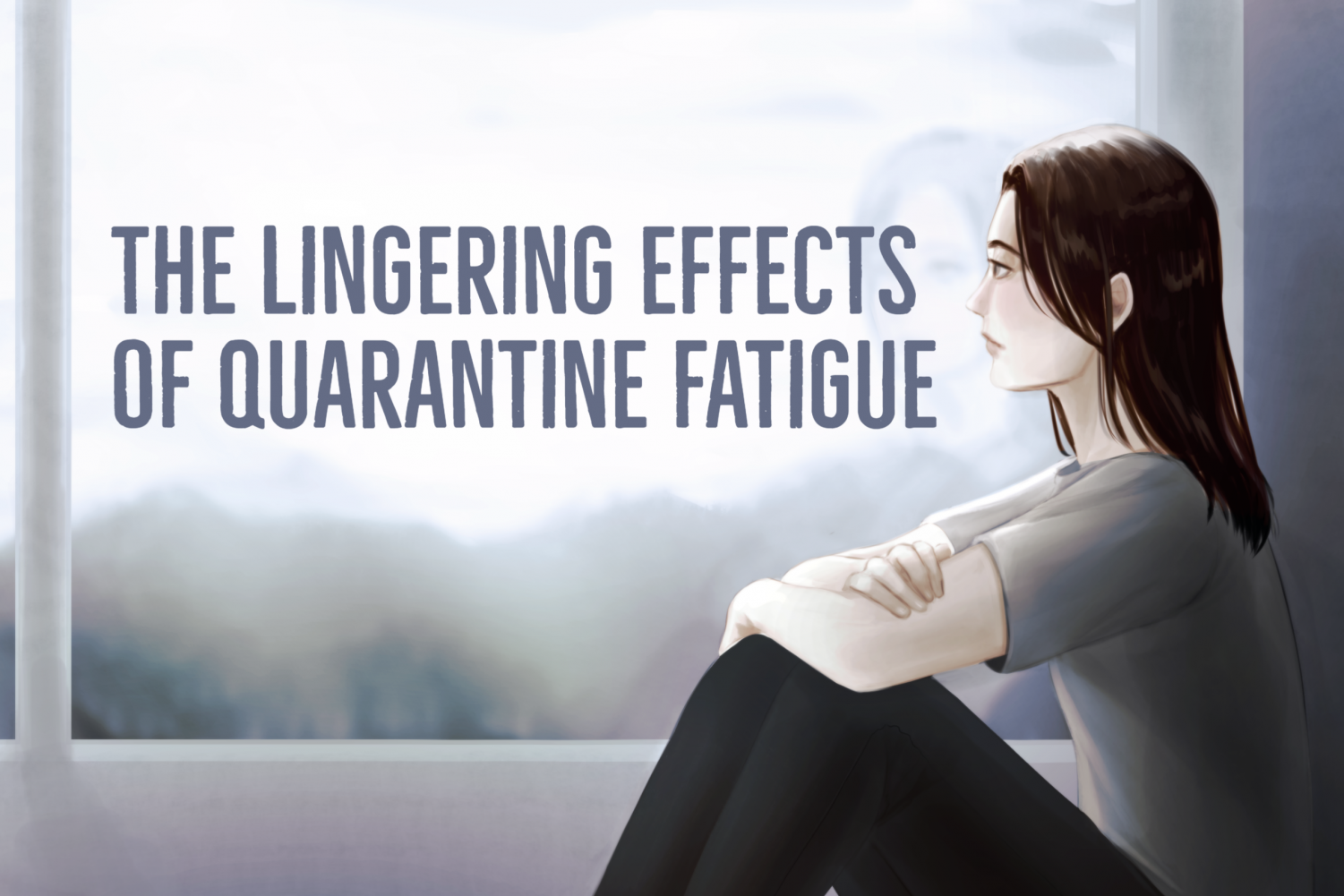The Pandemic’s Impact on Seasonal Depression
June 24, 2025
A year defined by loneliness and anxiety, but also resilience is finally behind us.
Over the past few months, there were days that I would suddenly have dark thoughts. I’d be in the middle of homework and suddenly think, “Why am I doing this? What’s the point?” and then continue before stopping shortly after because I lost my motivation.
It’s no surprise that 2020 became sluggish towards the end. With the days getting shorter approaching the winter solstice, it’s important to shed light on something that affects up to one in 10 people in the Pacific Northwest—Seasonal Affective Disorder.
SAD is just one part of the bigger conversation around mental health. Though the stigma around it has gone down, it’s far from gone. As quarantine fatigue lingers, it’s more important than ever that we normalize discussion around mental health.
SAD is characterised as a depression that comes around during certain parts of the year; usually during the winter months. There are many similarities between SAD and clinical depression, but what differentiates them is that SAD has a pattern.
According to Faculty Counselor Jennifer Wright, the most common symptom is a lack of motivation. Grief and loss are common themes that people with SAD express, whether it be direct or indirect.
For Megan Irby, Faculty Counselor, she feels that quarantine will only make the effects of SAD worse for those experiencing it. “Everything has been exacerbated by the quarantine, especially with the second wave and more limitations,” Irby said.
“People are starting to get out a little bit more, [but] now with the new restrictions, they won’t have as many options to see people. It is going to get worse for people that already struggle with it.”
I myself wonder if people with SAD have noticed a difference between this winter and last winter. Is it hard to tell what is causing a lack of motivation? Or is last winter just a blur that no one remembers?
According to Jennifer Wright, she doesn’t hear a trend one way or another. “[On] the flip side of that, I wonder if people were already so well practiced at it that it’s like, ‘Eh, I’m already used to being indoors,’” Wright said.
I try not to self diagnose. I don’t know if others have had similar feelings or what caused them. What I do know is that my feelings happened and that the pandemic might’ve been a factor.
Covid fatigue is a pain. The past year felt like a jumbled mess to me, which is why it’s been hard for me to pinpoint exactly what I’m going through. So, I stick with what I know. I started writing down my thoughts in a journal so I can look back for patterns. This isn’t an immediate solution; it’s going to take some time.
There are things you can do if you suspect you have SAD. According to Irby—if you’re able—getting your blood levels check during a doctor visit can tell you if there are any deficiencies. Taking vitamin D supplements is a good idea for anyone living in the Pacific Northwest since we don’t get much natural sunlight. There are also light boxes that mimic sunlight on places like Amazon.
While discussing the stigma around mental health, Faculty Counselor Brenda Rogers mentions how she wants mental health to be an easier topic to talk about. “I wish seeing a counselor seemed like a tool—like having a trainer [at the gym],” Rogers said.
The conversation around mental health needs to be normalized. Speaking from personal experience, it’s no coincidence that Millennials and Gen Z joke about their mental health; It’s our way of coping.
Even before the pandemic hit, the rate of depression among teens and young adults was on the rise. As an Asian-American student, I’m too familiar with how mental health issues are brushed to the side by family.
Pierce College has a website with mental health resources and counselors who provide short-term therapy. I have been seeing a counselor for a couple months now and would honestly recommend it even if you don’t think what you’re going through is ‘serious enough.’
To say quarantine sucks is an oversimplification. The pandemic has taken a toll on everyone’s mental health, whether they admit it or not. “If someone’s telling me, ‘I feel great! Everything is fine.’ I don’t believe them,” Wright said. “Nobody should be feeling fine right now, that’s not normal. It’s ok [not feeling fine], we’re in this together, and this is a time to support and love one another.”
You don’t always have to keep your chin up; what you feel is what you feel. Don’t be afraid to reach out. Whether it’s to the resources listed above to your friends. Brighter days—quite literally—lay ahead.

